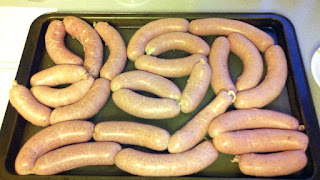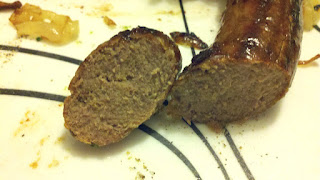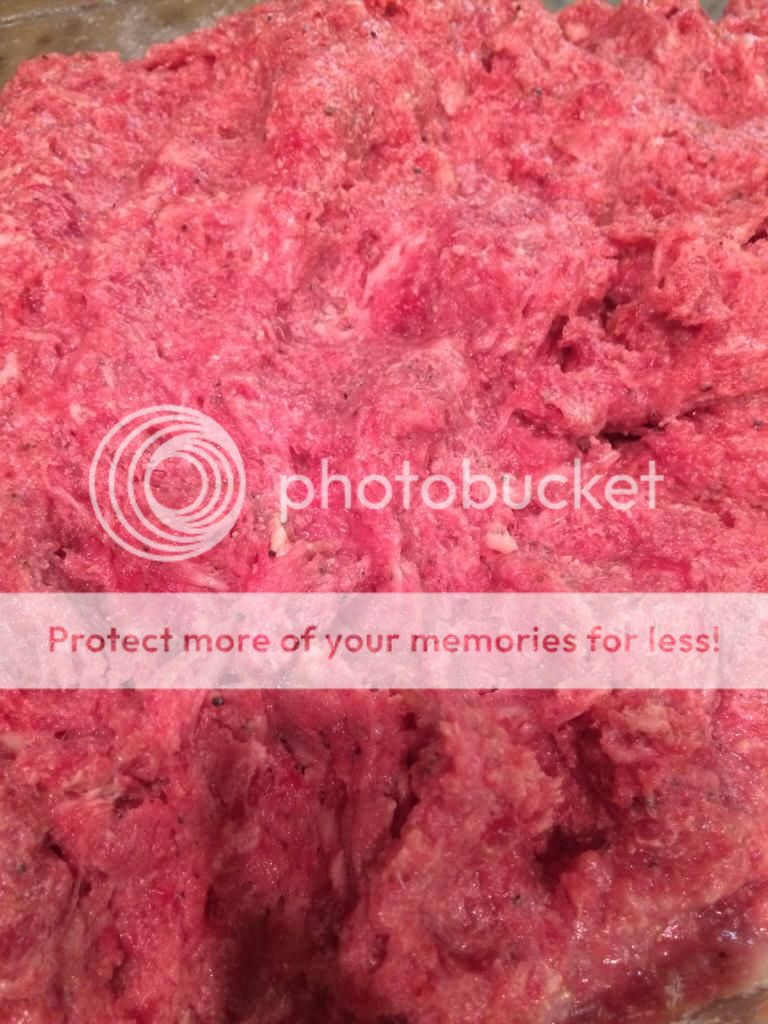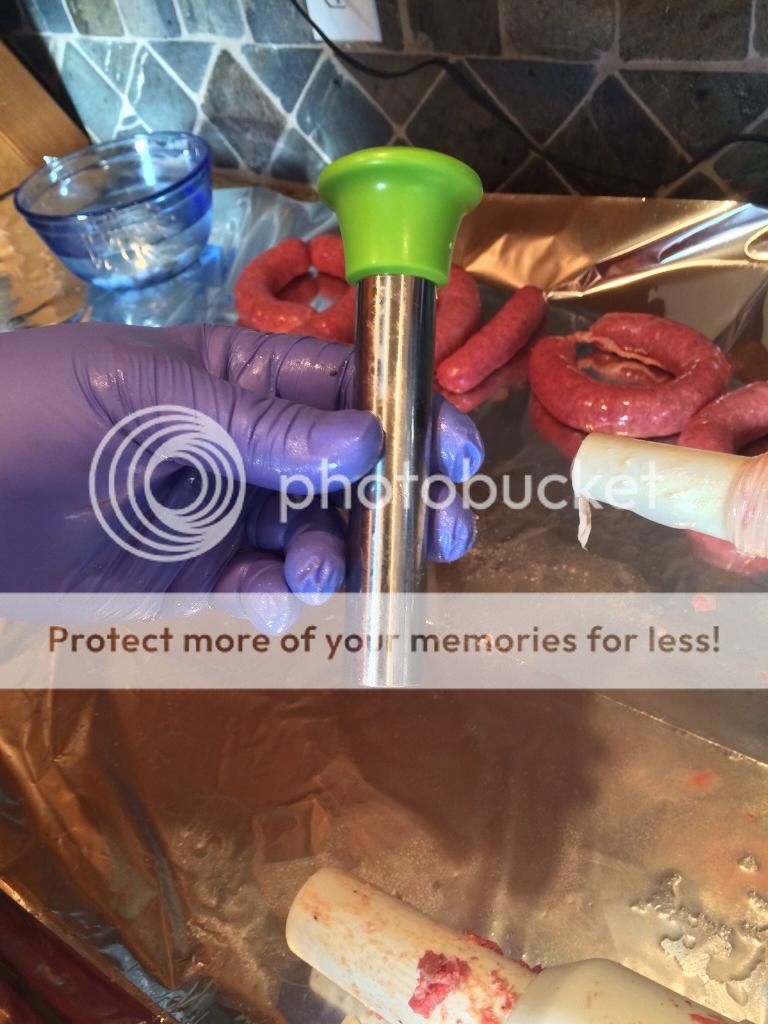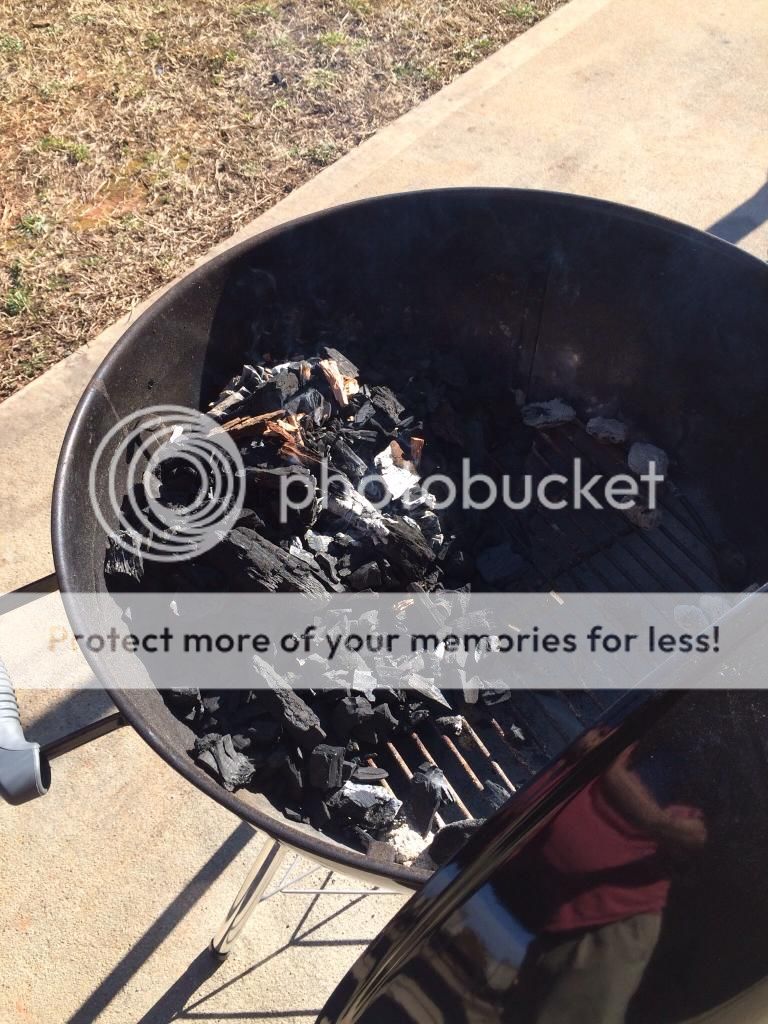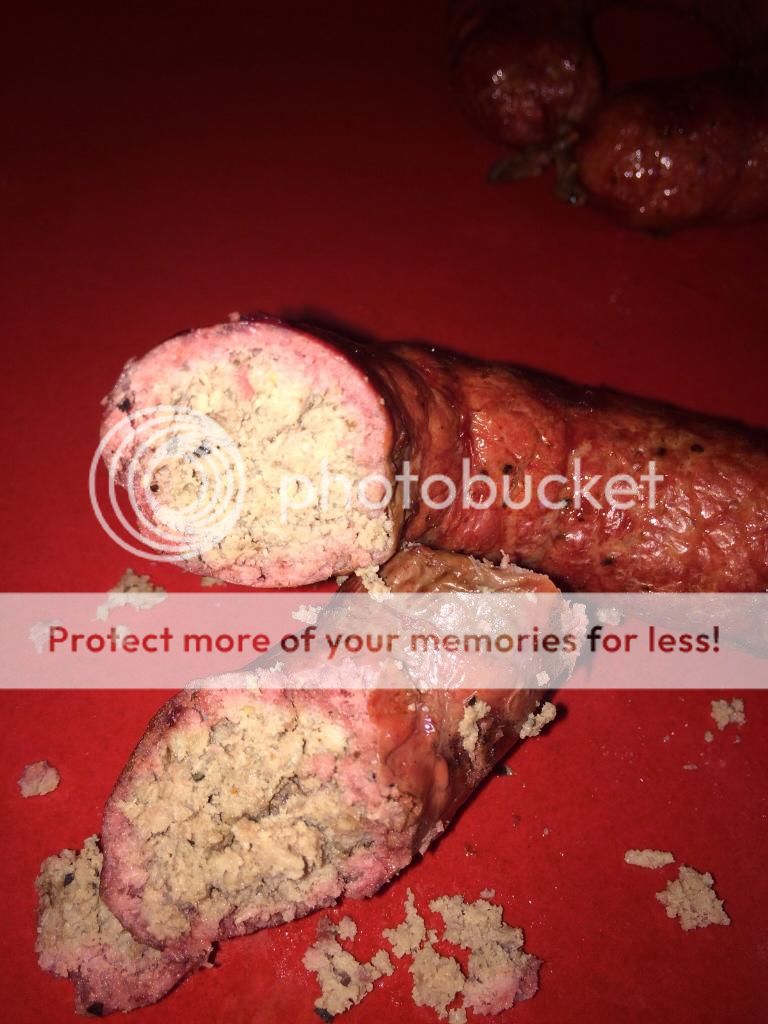Bencroft4
Well-known member
- Joined
- Dec 21, 2014
- Location
- Pittsburgh, Pa
A hot smoke means that you'll cook the meat while you smoke it. (Higher than 130 degrees, usually 225-350)
A cold smoke means that you won't cook the meat while it smokes. (Under 120 degrees, some even say under 100)
Pitbull's temps are right... I run mine at 275, but thats just a matter of preference.
Cold smoking is a completely different animal.... think along the lines of smoked cheeses or smoked salmon. Some sausages and meats are cold smoked, but that's an entirely different project. Google "charcuterie".... Awesome topic, but thats an entirely different conversation
A cold smoke means that you won't cook the meat while it smokes. (Under 120 degrees, some even say under 100)
Pitbull's temps are right... I run mine at 275, but thats just a matter of preference.
Cold smoking is a completely different animal.... think along the lines of smoked cheeses or smoked salmon. Some sausages and meats are cold smoked, but that's an entirely different project. Google "charcuterie".... Awesome topic, but thats an entirely different conversation

